Be it fuel cells or hydrogen engines, (almost) all major commercial vehicle manufacturers are putting their efforts into hydrogen propulsion. A fact that has so far largely gone unnoticed by the average person. While the public debate still rages around the use of hydrogen in the automobile industry, it would seem the trucking sector made up its mind long ago: There’s no future without hydrogen. This was proved beyond doubt at Germany’s IAA international motor show for commercial vehicles which ran from Sept. 20 to 25, 2022, in Hannover, even if about 90 percent of the vehicles exhibited still had diesel engines.
The trend toward electrification was abundantly clear in every corner of IAA Transportation. While the roughly 1,400 exhibitors still earn their crust from diesel vehicles, the electromobility theme lends itself perfectly to marketing campaigns. Many booths took the opportunity to play around with the concept – as was the case at the IAA car show several years ago. When questioned, however, it immediately becomes apparent that electric vehicles are little more than a glint in the eye for the commercial vehicle sector. Significant volumes are still some way off – not just because of a shortage of staff and electronic chips, but also due to regulatory or technical hurdles.
One exhibitor, for example, explained that trucks with hydrogen engines cannot be classified as zero-emission vehicles since the intake air ends up being measured alongside the exhaust during emissions testing, and this incoming air usually contains pollutants. Automotive supplier Mahle reports that popular electric engines often drop to 60 percent power output after one minute at maximum power. Unlike its own modules which can guarantee a continuous output of 92 percent (240 kilowatts).
An added issue is that fuel cell units experience cooling problems when, say, a 40-ton truck needs to travel over the Alps, therefore requiring a high level of power over a prolonged period. This is where hydrogen engines have the upper hand. On the downside, however, are the high temperatures that combustion entails as these create favorable conditions for the production of nitrogen oxides. While nitrogen oxide emissions can be significantly reduced using a catalytic converter, it doesn’t eliminate them completely – a contrast to a purely electric vehicle which has zero local emissions.
Comeback of the hydrogen ICE
The key topic of the moment for the hydrogen sector when it comes to commercial vehicles is the hydrogen internal combustion engine. Keyou, which currently employs 70 members of staff, has been working on it for years. Nothing new there. But now the likes of Cummins, Daimler, Iveco, MAN and even Unimog (to name but a few) are also busy exploring this area of technology. The question posed by Jürgen Nadler, chief marketing officer at Keyou, is telling: “Do you know anyone who’s not working on it?”
The reason for the hydrogen ICE’s dramatic comeback is said to be the “extremely high number of requests.” This has led Keyou to adjust its strategy. From now on the Bavarian technology company is focusing on the conversion of existing vehicles based on the Mercedes Actros. “We are moving away from OEM and toward end customers,” said Nadler. Initial trials with its hydrogen truck are planned from summer 2023, with the expectation that a small fleet of eight vehicles will be ready for testing by the end of the year. In 2024 the number of shipments could increase to as many as 50. By then the retrofit time should be around the three-week mark. Keyou’s engine of choice for its refitting work is a Deutz. Its ability to power buses was demonstrated by Keyou using a Solaris model, also on display in Hannover, which was converted by the Paul Group.
Continue reading page 2…



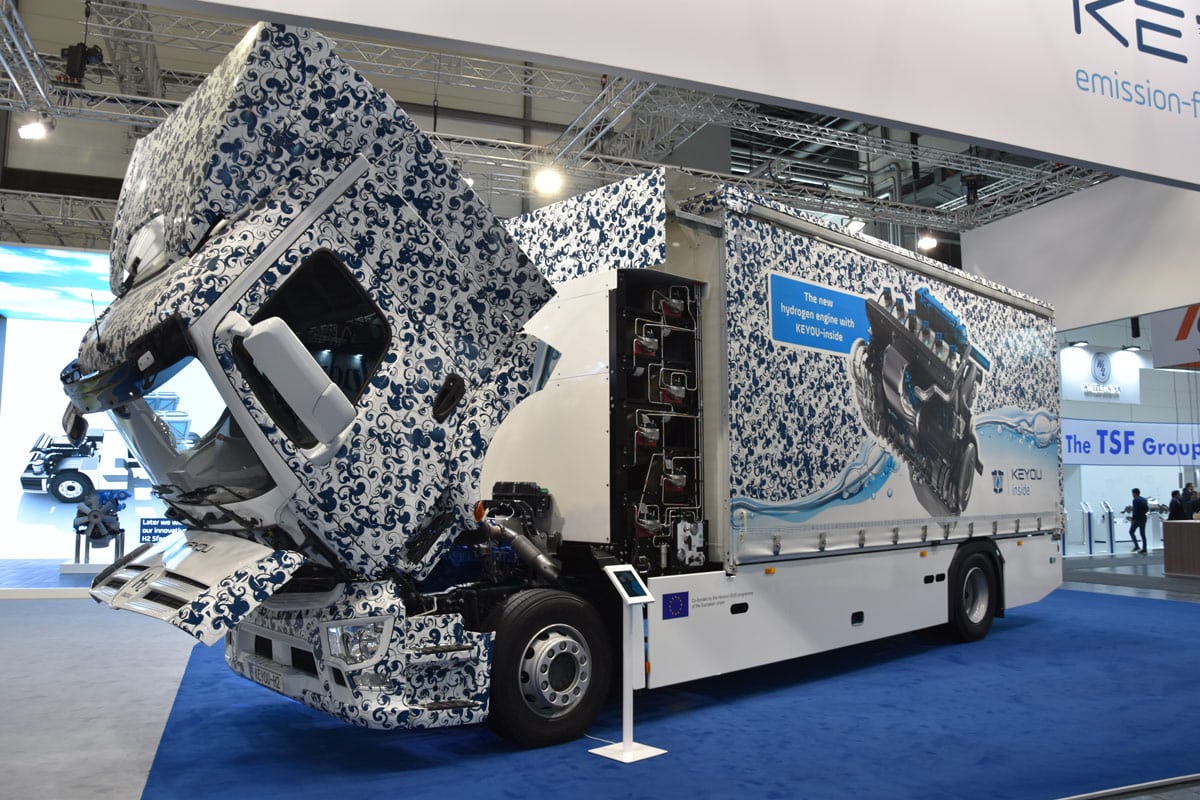


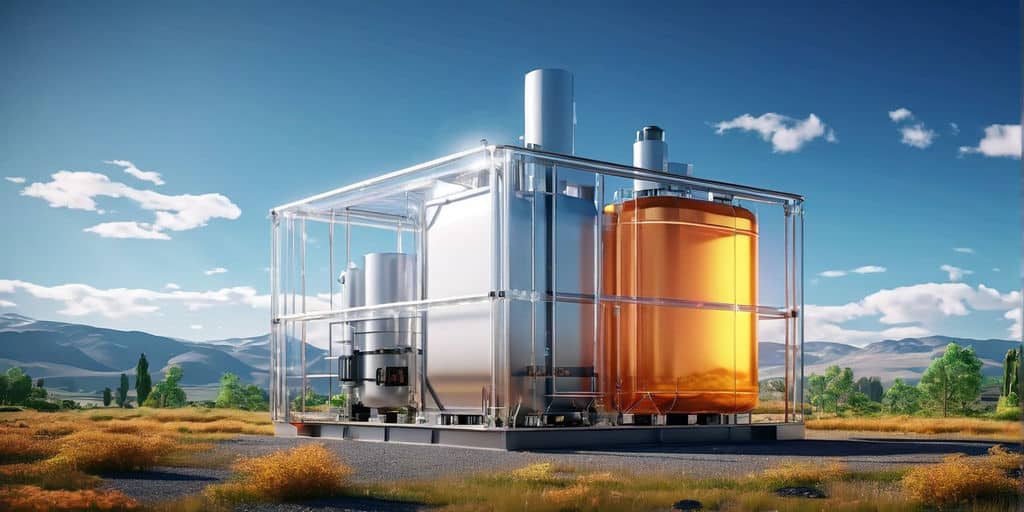

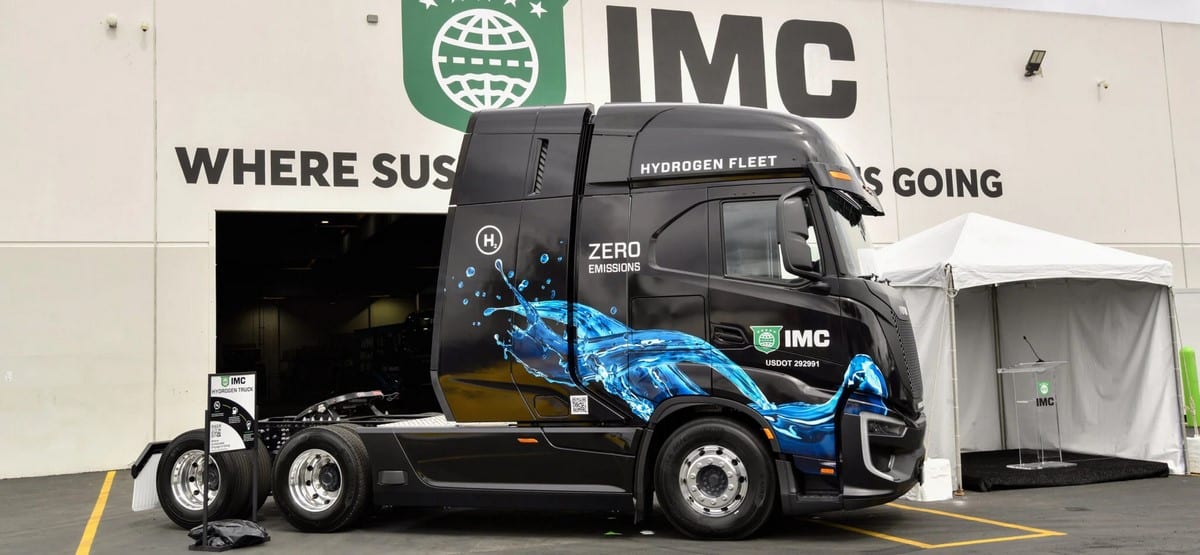
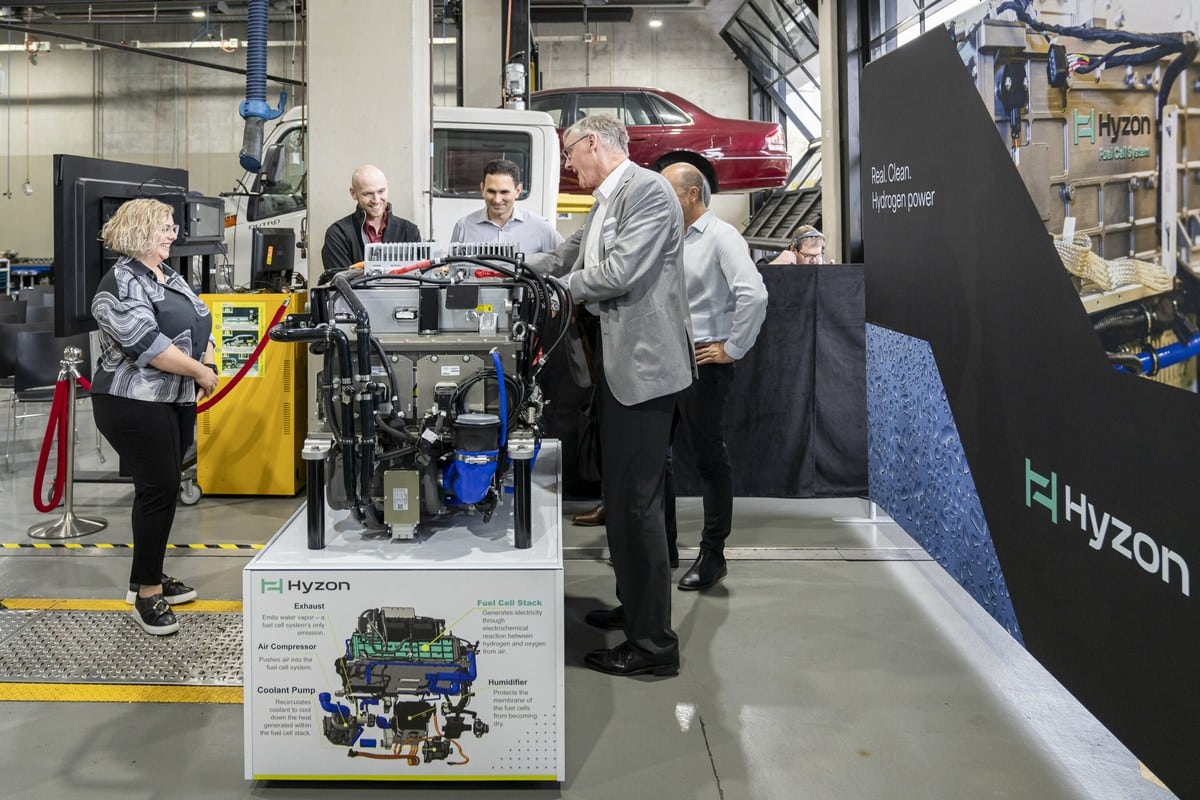
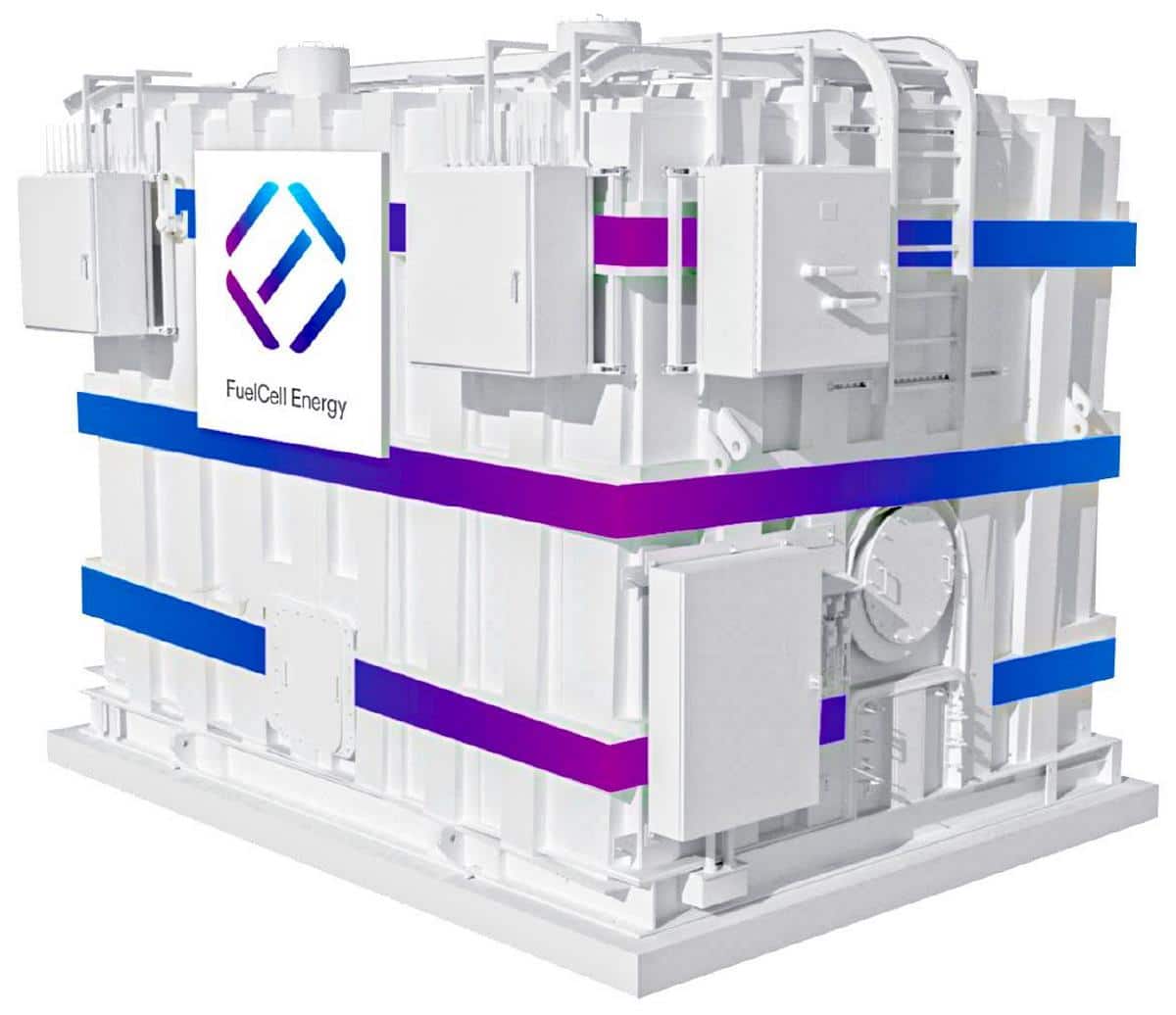
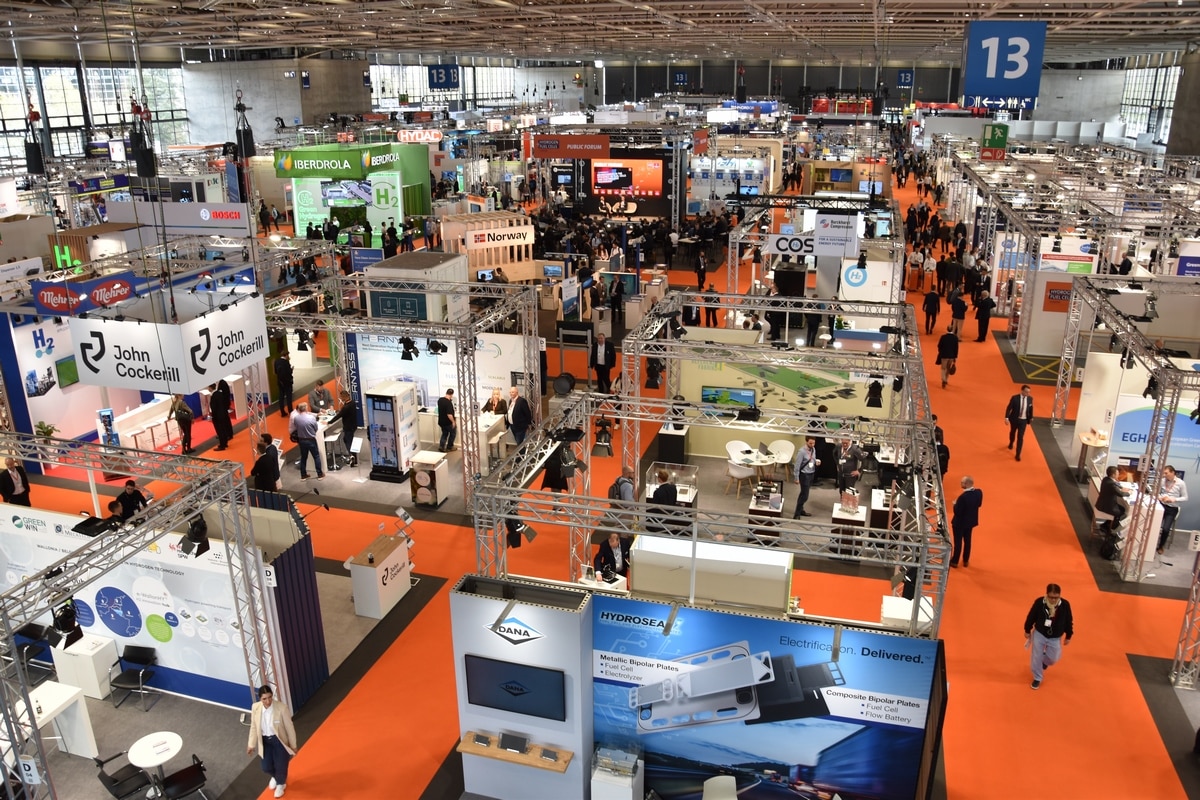
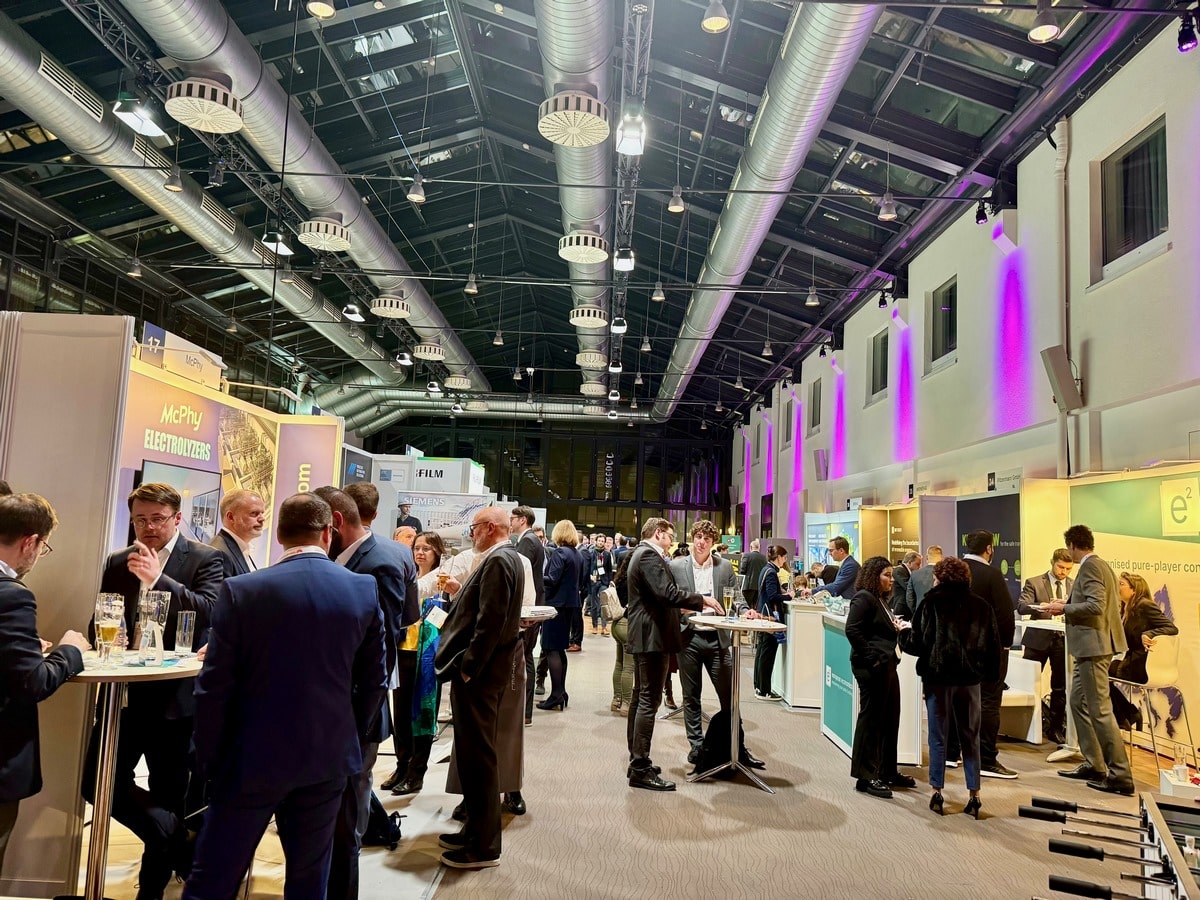
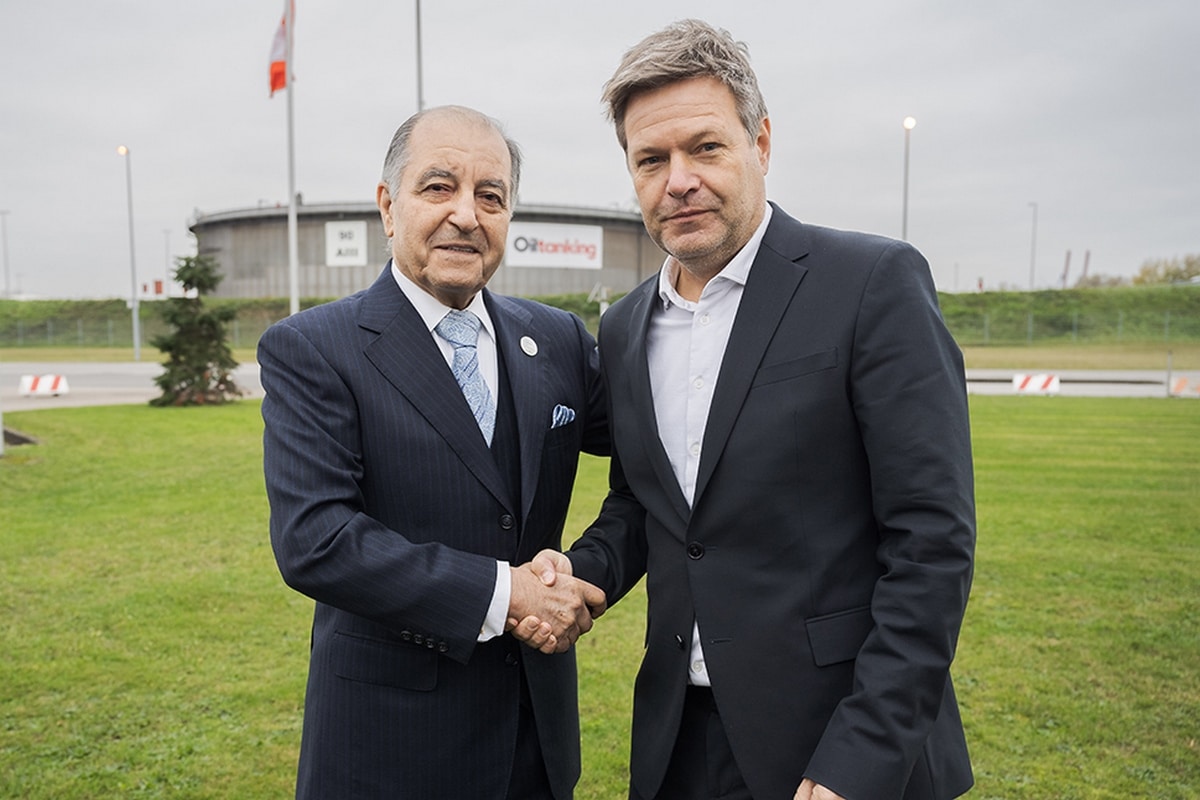
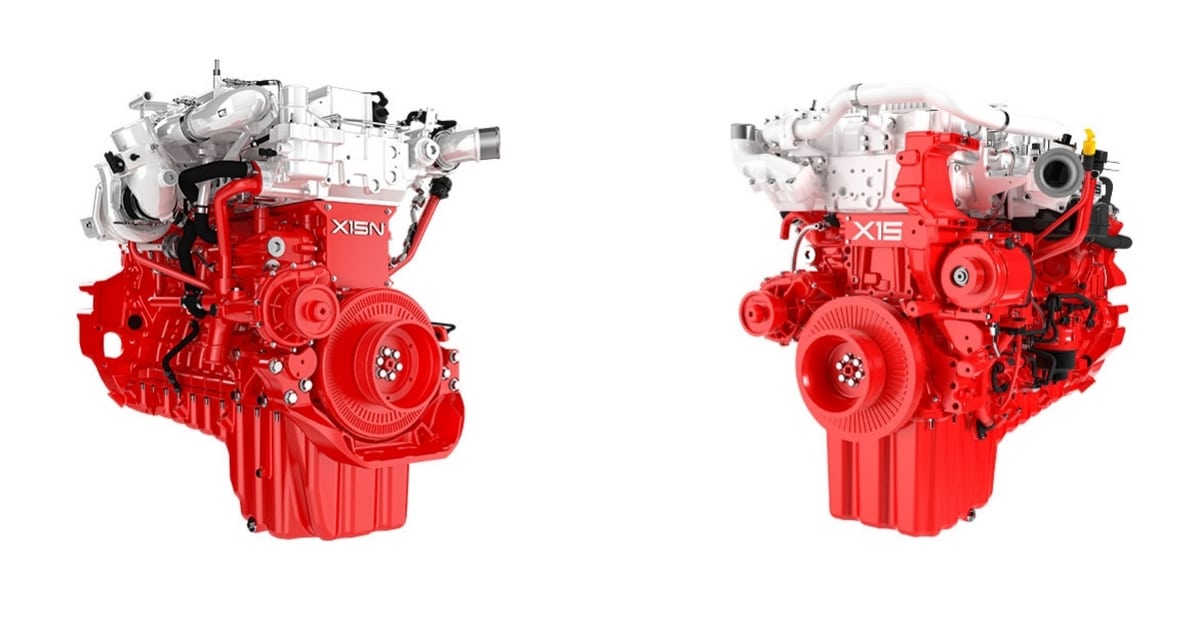
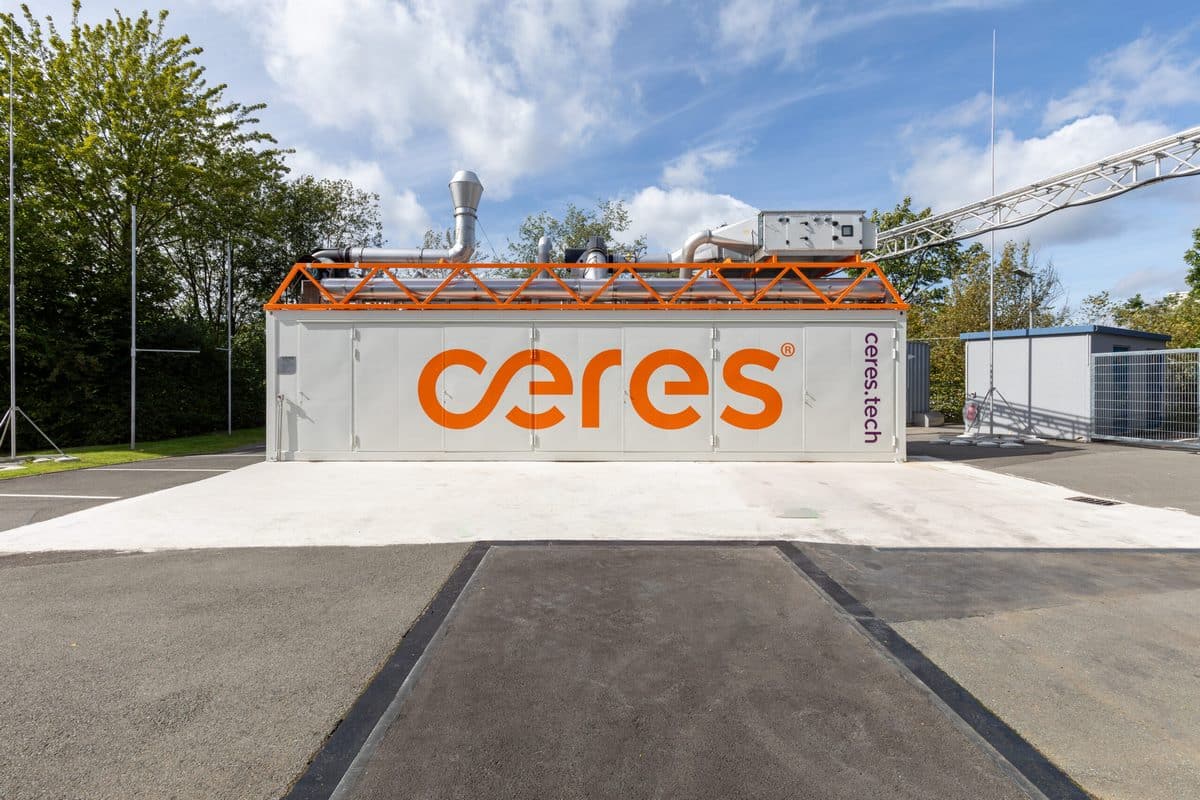




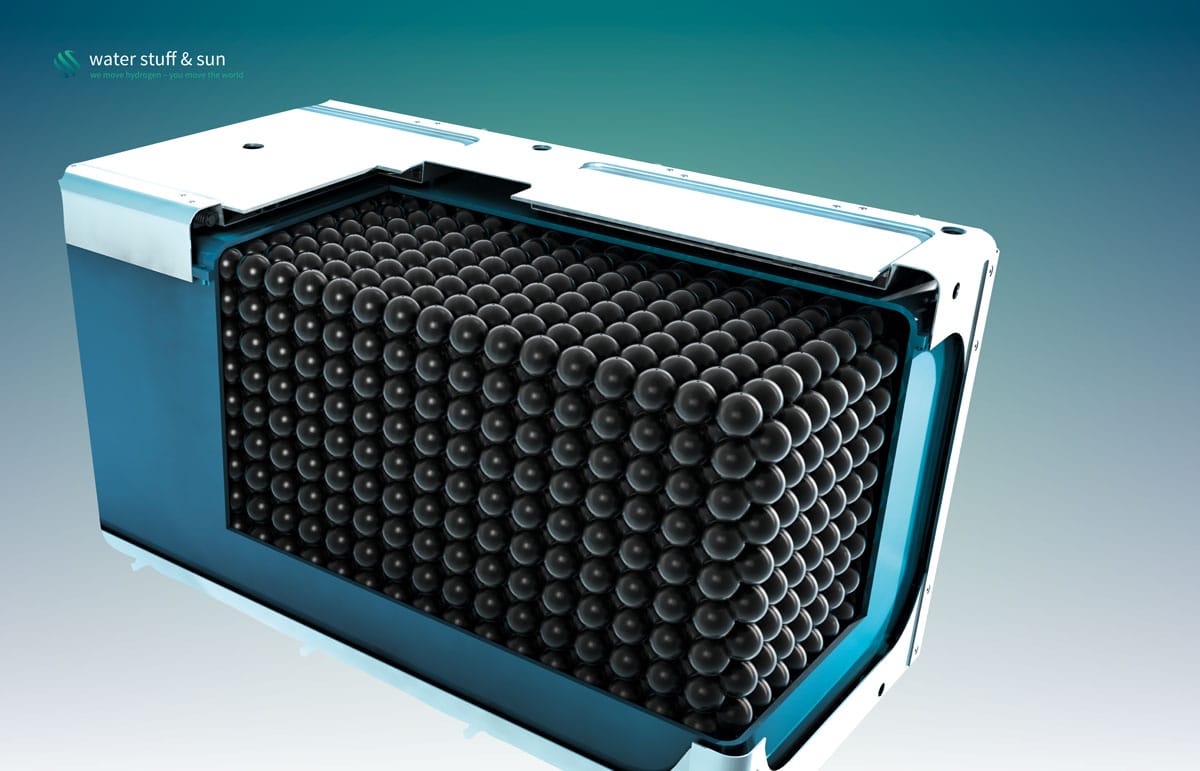

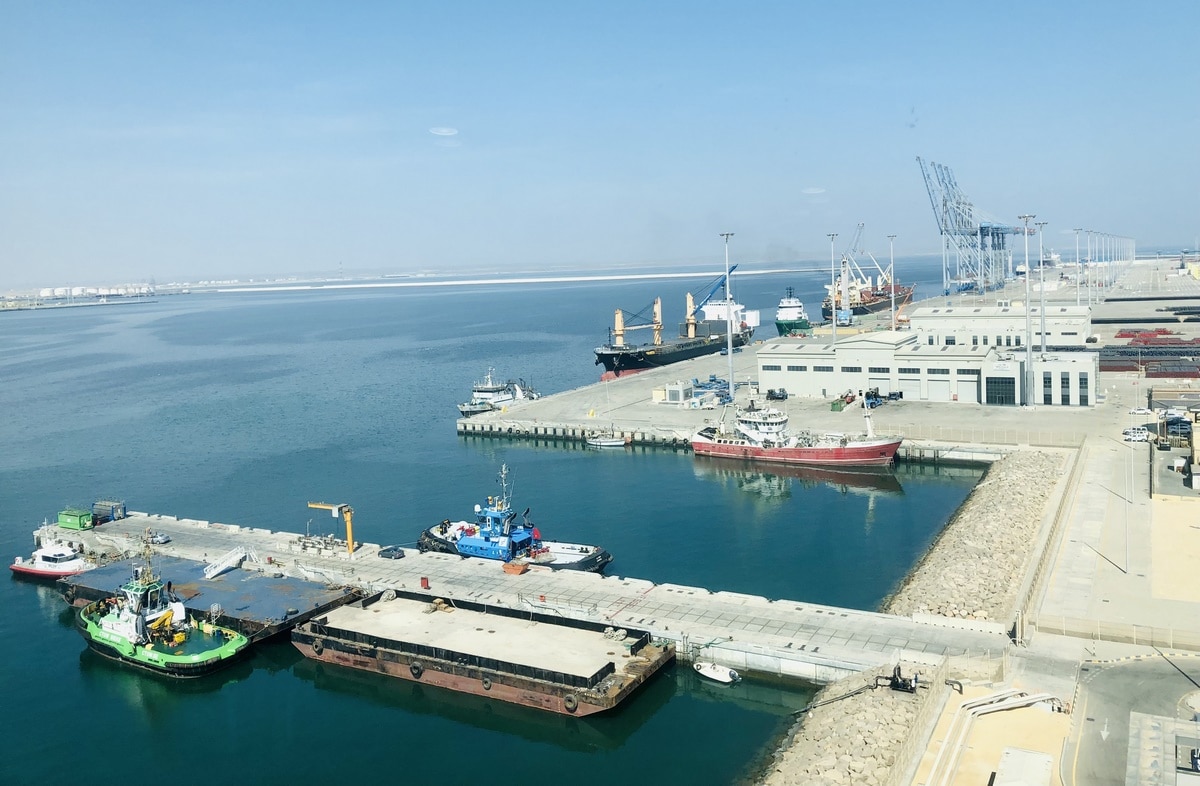

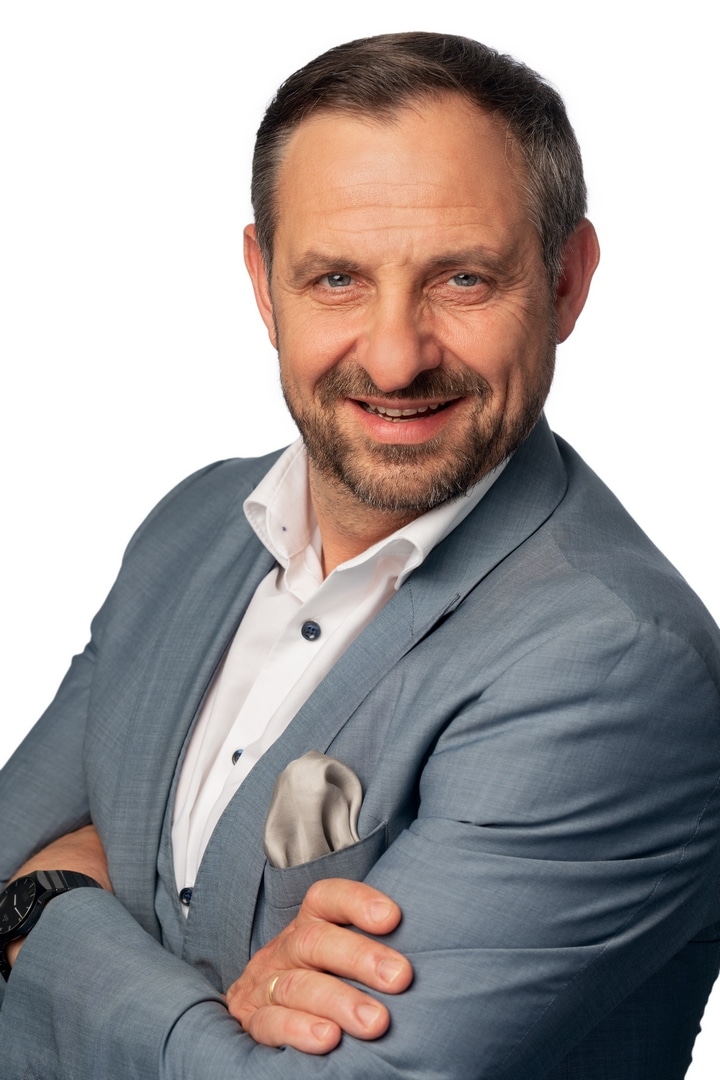
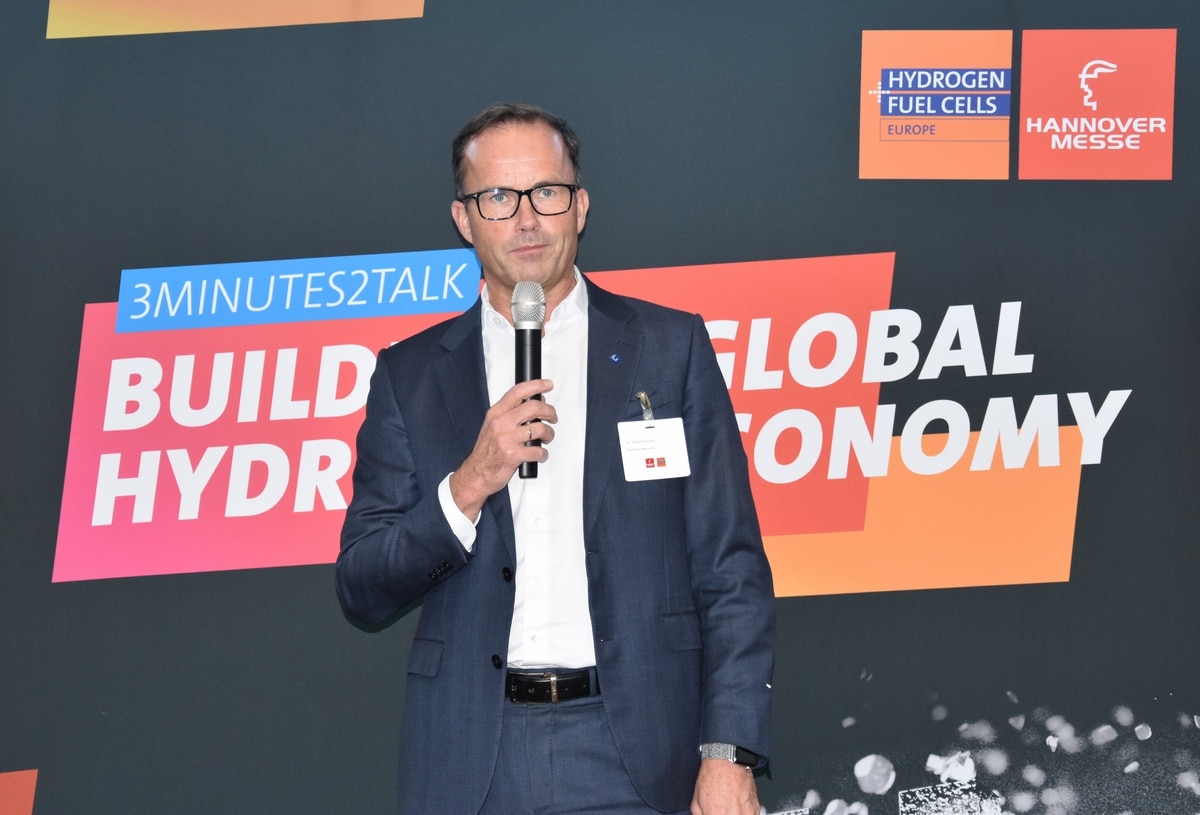
0 Comments
Trackbacks/Pingbacks